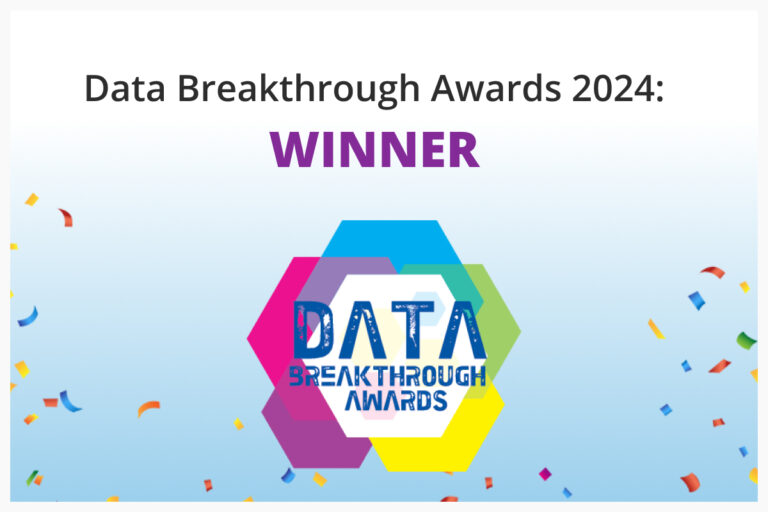
It used to be that storage engineers and architects primarily worried about installing and managing hardware and ensuring that data access was fast and reliable. In the last few years, there’s been so much more to worry about: spiraling costs, storage capacity running out, privacy and security concerns and adopting the right technologies that meet unique and changing departmental needs. In the most recent Komprise State of Unstructured Data Management survey, IT directors and executives indicated these top priorities: better supporting data initiatives and end user/department needs and improving self-service for users and departments.

Fortunately, these findings are in line with our latest product update: Komprise Intelligent Data Management Fall 2022. The release introduces self-service features that bridge the visibility and trust gap that often develops between central and LOB IT teams when it comes to data storage and unstructured data management.
The new Deep Analytics user profile gives authorized users read-only access to understand departmental data, such as size of file shares, amount of storage consumed, type and age of files, largest data consumers and more. This is important as it gives departmental IT teams, researchers and analysts a means to collaborate with central IT and storage administrators on data management, so the best decisions are made for cost savings, access to high-priority data and compliance.
Unstructured data management use cases include:
- Showback: Authorized departmental users can monitor and understand their data usage (examples: how many and what type of files, where stored and biggest consumers) in an interactive dashboard.
- User-driven tagging: Users can enrich data with additional metadata tags to facilitate easier search and data management actions such as archival storage or compliance and legal hold.
- User-driven tiering and data mobility: Authorized users can identify data sets with certain characteristics (such as project or age) to move to cloud storage or other secondary storage to cut costs or support research initiatives.
- Data deletion: IT can set up data movement and deletion as a workflow in Komprise and the entire process is automated without requiring user or IT intervention.
- Compliance/Legal: During a merger or divestiture, department heads can help identify data sets that need to move to the new entity or which need to be retained in archival storage for auditing.
“I’ve been looking for years for a way to know where my data is and what type of unstructured data it is, all with the goal of getting it moved to the correct tier of storage. Komprise does this for me and now I’m excited that I can offer a read-only role to end users. I can see how this would be handy for the business analytics crew and even for engineers/analysts during upgrades to see what data is out there and identify old data that could be purged.”–Brett Sayles, storage engineer at St. Luke’s Health
Getting to the Answers Quickly with Komprise Deep Analytics
Here are some example questions that you can answer about your unstructured data with Deep Analytics:

Enterprise IT says our department is using 944 TB of data, but where is it and who’s using it? We can now see our top file servers from top file shares, and the top owners of data – a.k.a. the people storing the most files. We can also see what types of files they are, leading to interesting questions: Why is John storing 136 TB of video files?

Pretty cool, huh? Suddenly, without meaning to, the Engineering IT manager has become an ally of enterprise IT: digging into the team’s data, finding anomalies and investigating who potentially owns inappropriate data. The manager could use Deep Analytics to find data that can be tiered to cheaper storage or even deleted based on their understanding of that data. This is something enterprise IT would not have been able to do, since they aren’t the owners of the data nor understand its relevance.
Tagging files
Deep Analytics users can tag specific data sets in Komprise for ease of access and use later. In the above example, the Engineering IT manager can tag all those suspicious video files. Enterprise IT already has a tag key called Classification, and the Engineering IT manager adds a new value, “Suspect”. By applying this tag to the 2.35 million files found, it’s easy to find them later and apply a data management action such as confine for possible deletion. If in later investigations, the Engineering IT manager finds other potentially suspicious files – for example, financial data files or contracts – those files can be tagged with the same tag.

Enterprise IT can also use that new tag to easily find all the suspect data, in one query. In our demo example, the Engineering IT manager has become a business partner for enterprise IT, by helping find and tag data that just doesn’t belong. It doesn’t hinder Engineering’s efforts at all if those files are archived, or confined, or even deleted. Enterprise IT would not have been able to identify those files: it took the collaboration with the departmental IT managers to make that determination.
You can watch the full demonstration below. Be sure to also learn about the power of Komprise Deep Analytics Actions and Smart Data Workflows and find new ways to unlock the potential of your unstructured data.
Demo: Giving Data Insights to LOB Partners
Next Steps
- Learn more about Komprise Deep Analytics.
- Closer Look: Komprise Deep Analytics Powered by Elastic Search
- Investigate Smart Data Workflows
- Read: Komprise Deep Analytics Overview
_______________________




